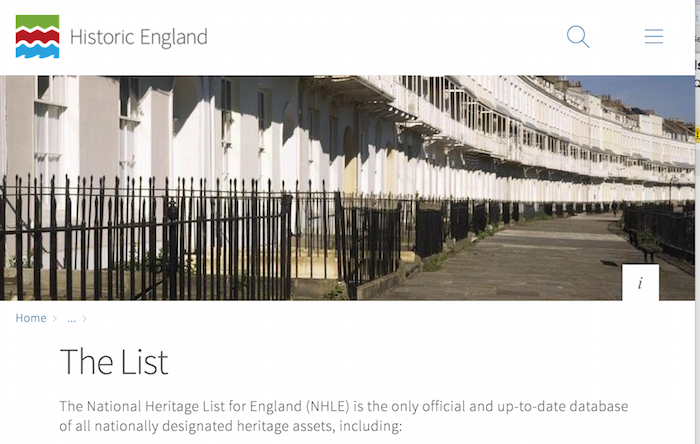CULVERT, ARCH AND RETAINING WALLS, IN WEST FACE OF EMBANKMENT OVER CAUSEY BURN - List Entry

-
Description
"Culvert, arch and retaining walls. Dated 1717; for Mr. Wortley and Col.Liddell. Coursed squared sandstone with ashlar dressings. Part of the engineering works necessary for the Tanfield wagonway, as is the Causey Arch at the south end of the embankment. Funnelled retaining walls about 80 metres long and 2 metres high lead to portal arch which has voussoirs below stepped retaining wall. Top course of first step of wall has rough inscription '1717' and initials probably C.T., partly obscured by moss. Since Causey Arch is said to be the first railway bridge in the world, so this is said to be the first railway embankment and therefore first railway use of culverting...." -
Owner
Historic England -
Source
Local (Co-Curate) -
License
What does this mean? Unknown license check permission to reuse
-
Further information
Link: https://historicengland.org.uk/listing/the-list/list-entry/1260837
Resource type: Text/Website
Added by: Simon Cotterill
Last modified: 3 years, 9 months ago
Viewed: 477 times
Picture Taken: Unknown -
Co-Curate tags










